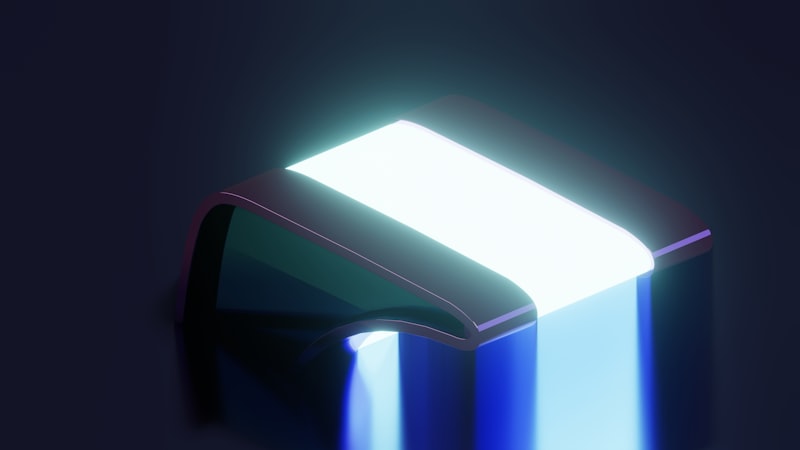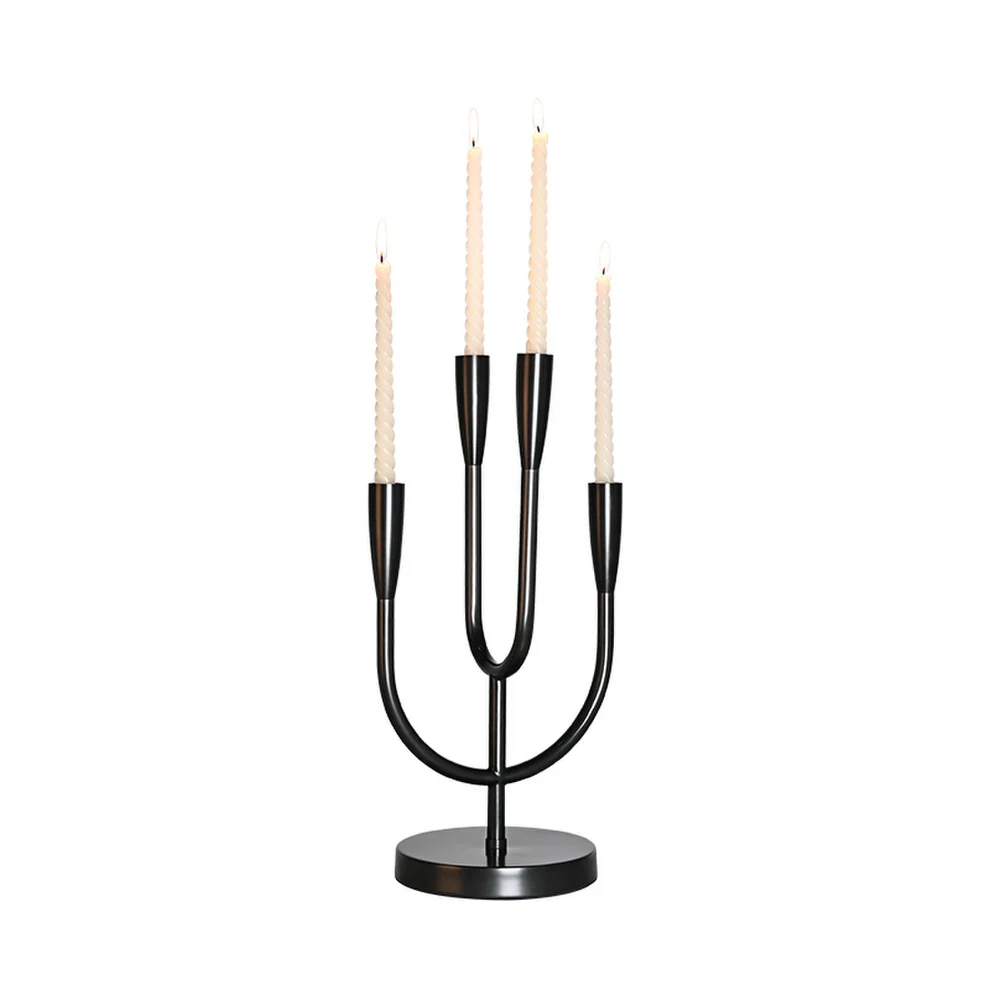Illuminate Your World: Exploring Dynamic Lighting Experiences
Illuminate Your World: Exploring Dynamic Lighting Experiences
In today's fast-paced and visually-driven society, dynamic lighting experiences are becoming increasingly popular. They not only enhance the aesthetic appeal of any space but also influence the mood and productivity of the individuals within. This article will delve into what dynamic lighting experiences are, their applications, the technology behind them, and how they can transform environments. Additionally, we will explore trending questions surrounding dynamic lighting, comparison tables, and suggestions for implementation.
Understanding Dynamic Lighting Experiences
Dynamic lighting experiences refer to the use of variable lighting designs that can change in intensity, color, and direction based on different factors such as time of day, user preference, or specific events. These experiences can be found in various settings, including homes, offices, retail spaces, and public venues.
The Benefits of Dynamic Lighting
Implementing dynamic lighting has several advantages that can enhance both functionality and Aesthetics:
- Improved Mood: Studies have shown that lighting affects our emotions. Dynamic lighting can boost positivity and productivity.
- Energy Efficiency: Adapting lighting based on natural light availability can reduce energy consumption.
- Versatility: Easily adjustable lighting can cater to different occasions, making spaces more versatile.
- Enhanced Aesthetics: Creative lighting designs can transform a bland area into a captivating environment.
Applications of Dynamic Lighting Experiences
Dynamic lighting experiences are utilized in various settings, each tailored to meet specific needs. Below are some prime examples:
| Setting | Application | Example |
| Residential | Ambient Lighting | Smart bulbs change hues based on user preferences. |
| Commercial | Retail Environments | Stores using color-changing lights for promotions. |
| Events | Stage Lighting | Theatrical performances employing dynamic lightscapes. |
| Healthcare | Therapeutic Lighting | Lighting that mimics natural daylight in patient rooms. |
Technology Behind Dynamic Lighting
The advancements in technology play a crucial role in the ability to create dynamic lighting experiences. Key technologies include:
- LED Technology: LEDs are energy-efficient and capable of changing colors and brightness easily.
- Smart Lighting Systems: Systems like Philips Hue or LIFX allow users to control their lighting through mobile apps.
- IoT Integration: The Internet of Things (IoT) connects devices, enabling automated adjustments based on user behavior.
- DMX Control Systems: Typically used in theater and entertainment, DMX controls various light fixtures for dynamic performances.

Dynamic Lighting and Interior Design
Dynamic lighting is not just about functionality; it plays a significant role in interior design. Interior designers leverage dynamic lighting to:
- Highlight Features: Use lighting to draw attention to art pieces or architectural details.
- Create Zones: Different lighting can define areas within an open space, such as dining and living areas.
- Adapt to Time: Changing light temperatures throughout the day can mimic natural light cycles, improving well-being.
Frequently Asked Questions
1. What is the difference between dynamic and static lighting?
Static lighting remains constant without alterations, while dynamic lighting can be modified to create different effects based on the environment, time, and user preferences.
2. Can dynamic lighting save energy?
Yes, by adapting light levels based on the amount of natural light available, dynamic lighting can significantly lower energy usage in a given space.
3. How can I incorporate dynamic lighting into my home?
Start with smart bulbs, install dimmers, and consider smart home systems that integrate with various devices to allow for customizable lighting solutions.
4. Are dynamic lighting experiences expensive to implement?
The cost can vary greatly depending on the technology chosen, the size of the project, and the desired outcomes. With options ranging from affordable smart bulbs to advanced control systems, there are solutions for different budgets.
Conclusion and Recommendations
Dynamic lighting experiences represent a significant shift in how we interact with spaces. As we explore the connection between light and mood, it is essential to understand the science and art of lighting design. For those considering implementing dynamic lighting, start small—experiment with smart bulbs in your home or workplace and observe the changes in atmosphere and productivity.
Key Takeaways: Dynamic lighting not only enhances aesthetic appeal but also influences emotions, productivity, and energy costs. By embracing technology and innovative design, anyone can create spaces that are both functional and beautiful.
Remember to stay updated on advancements in lighting technologies and their applications, as the landscape of dynamic lighting experiences continues to evolve. With thoughtful implementation, you can illuminate your world like never before.
